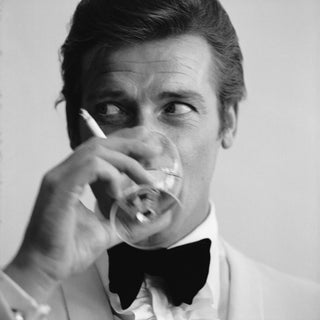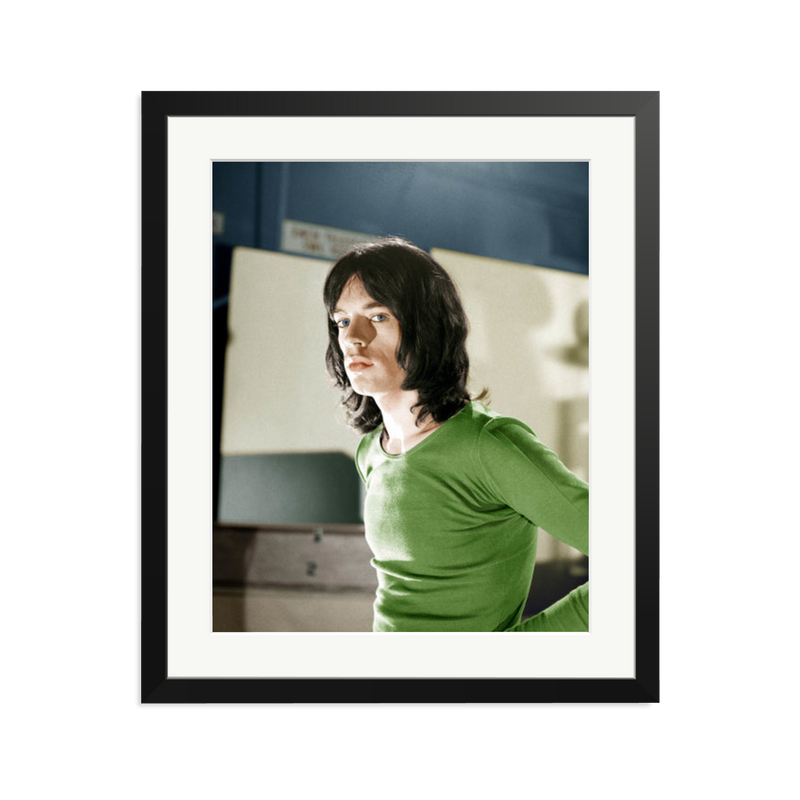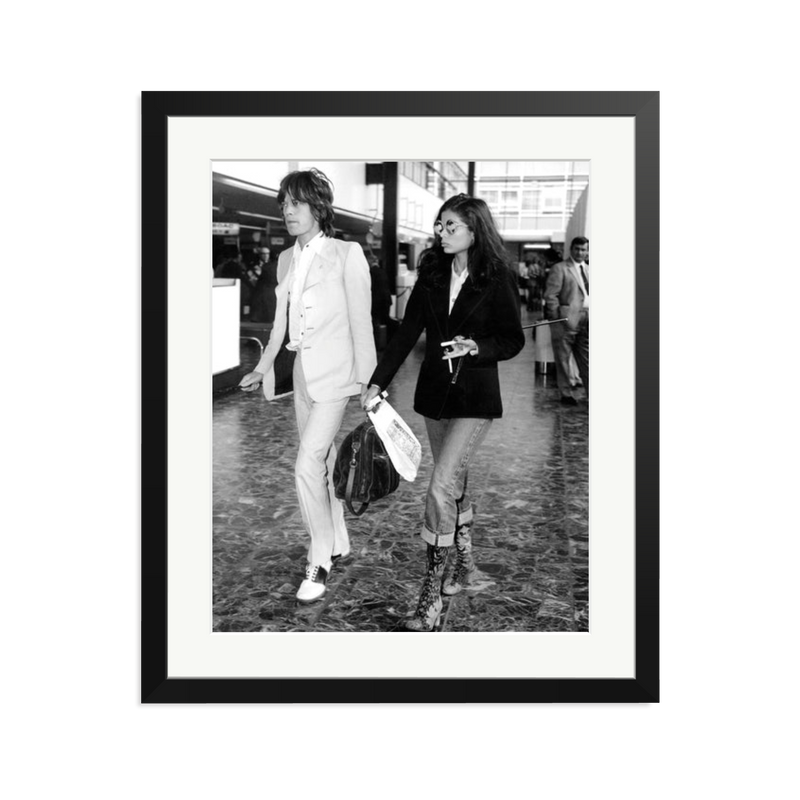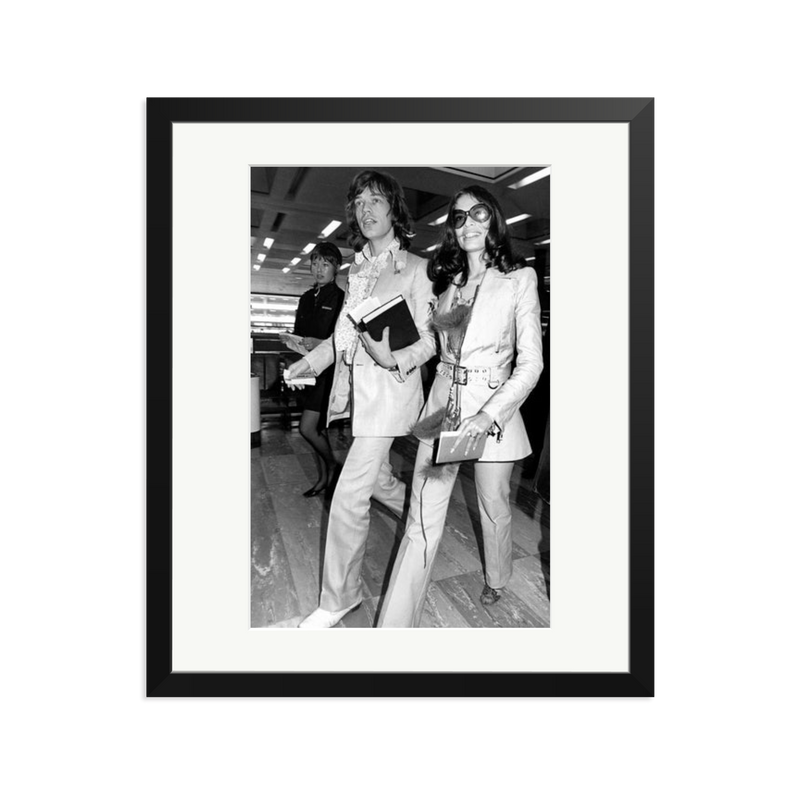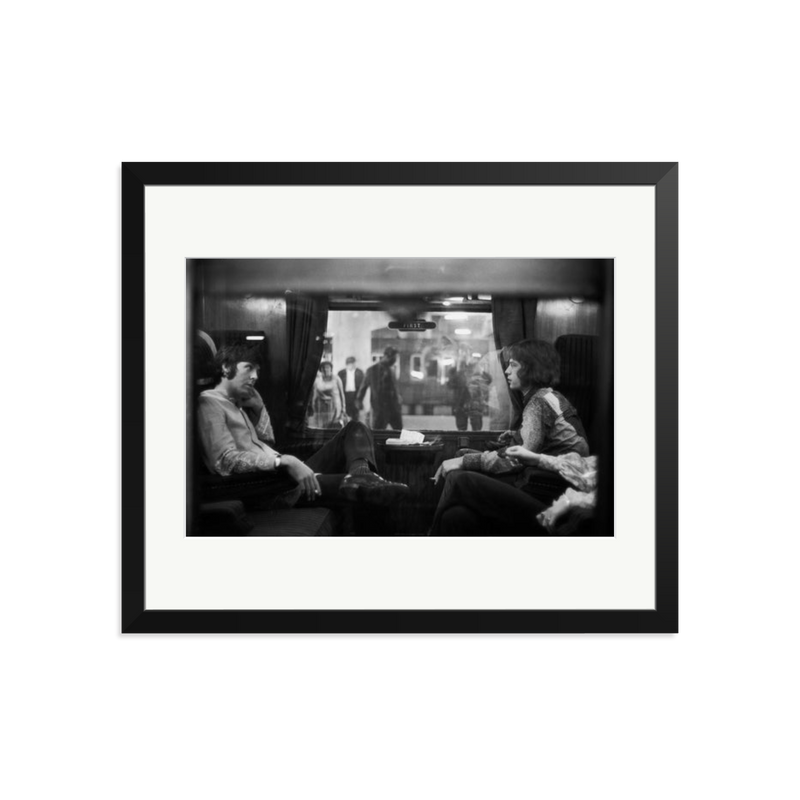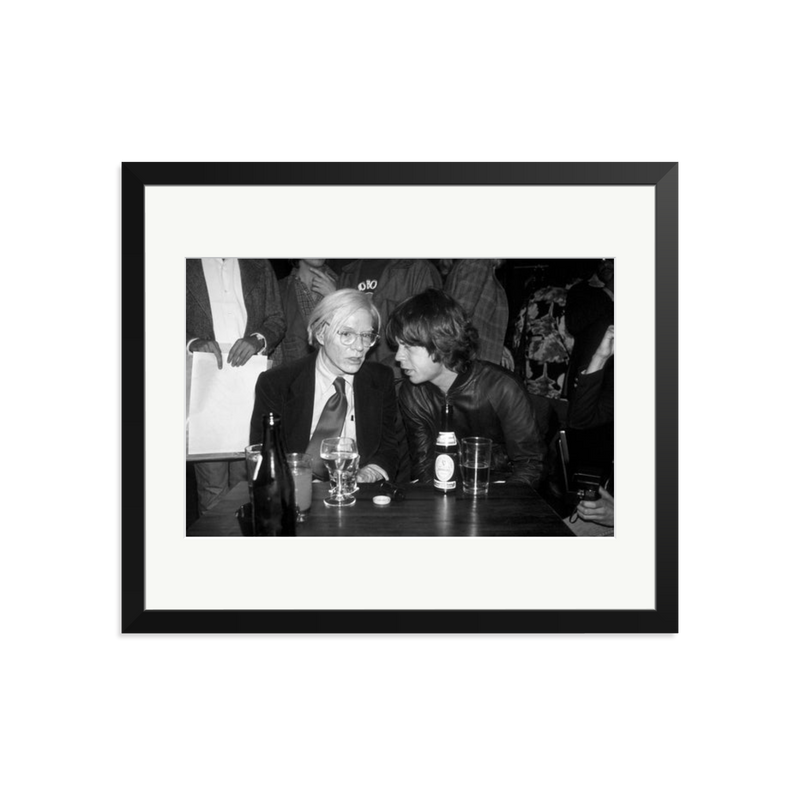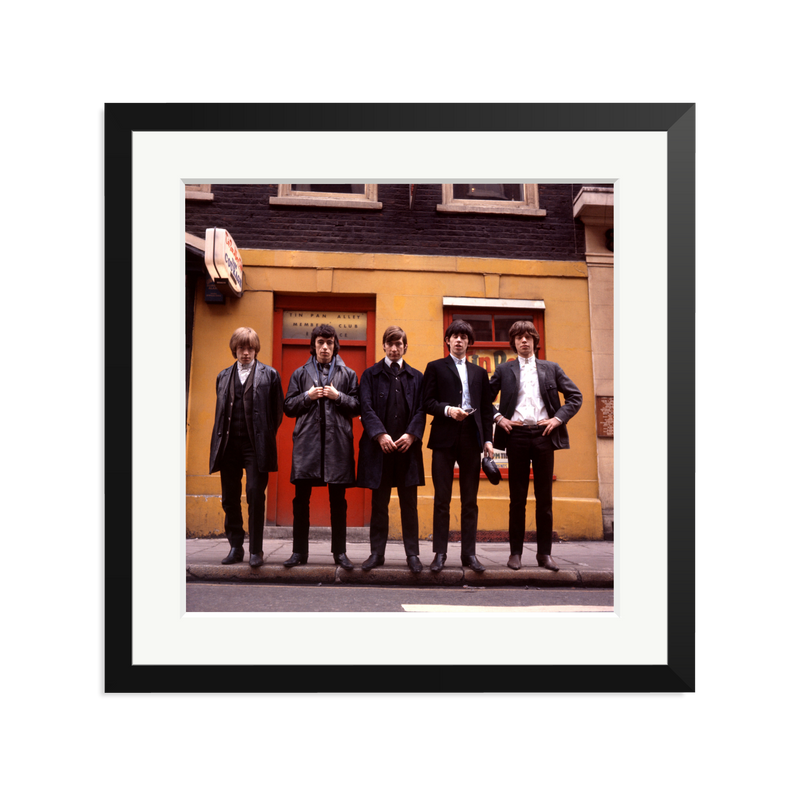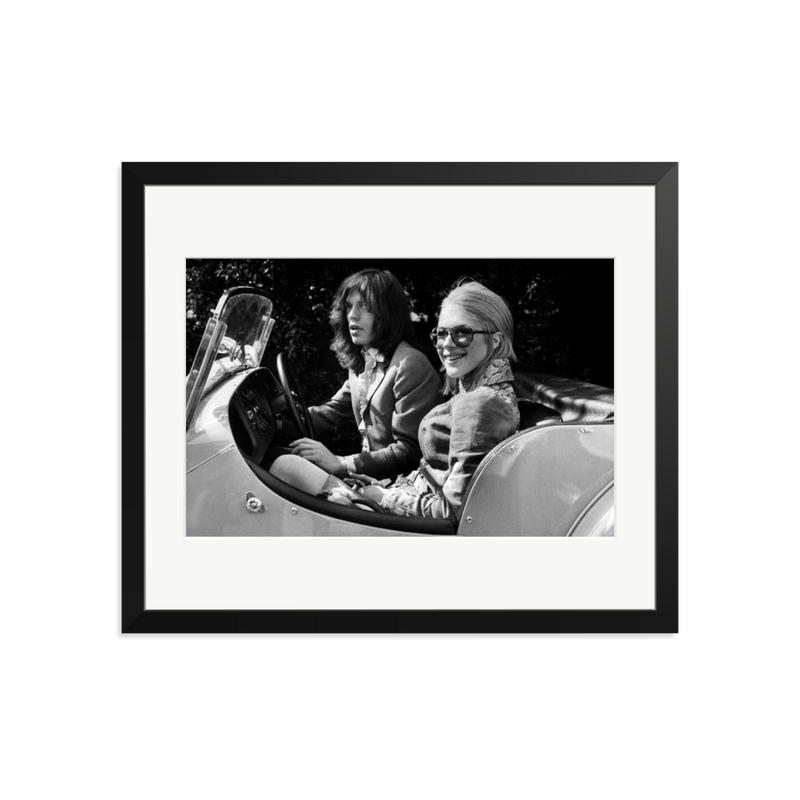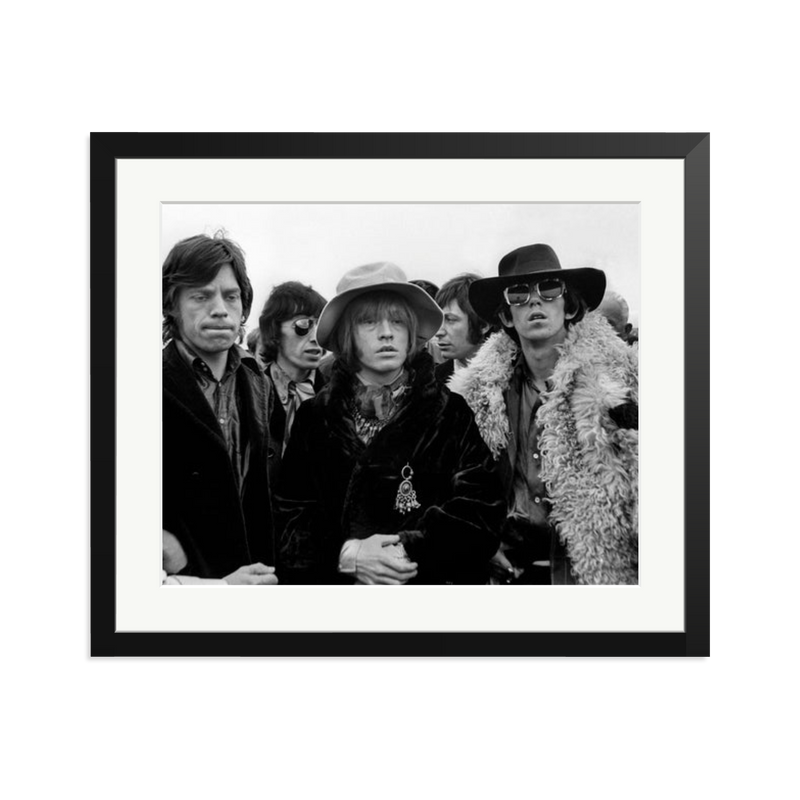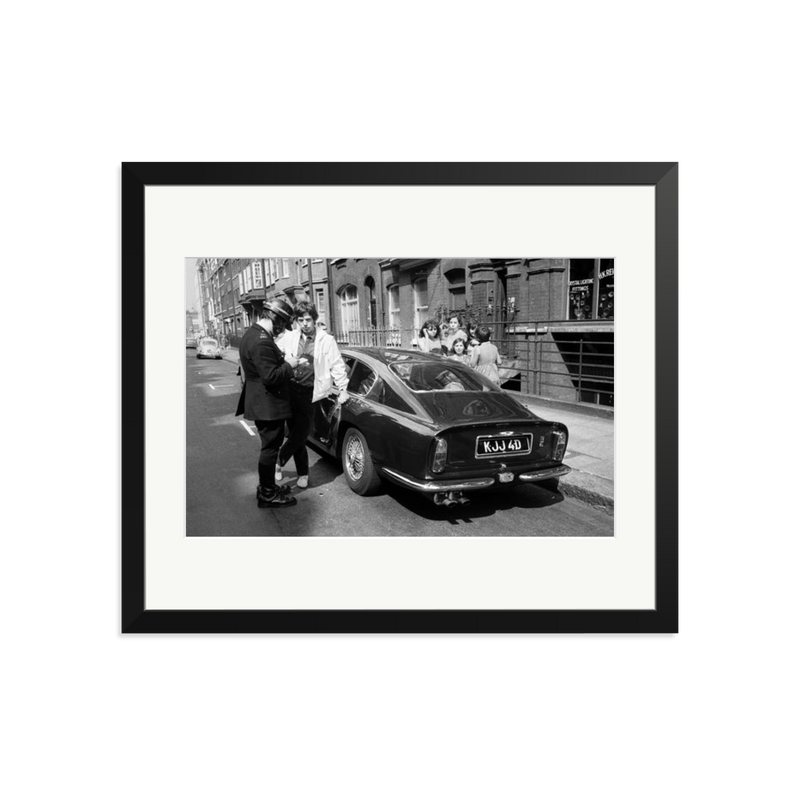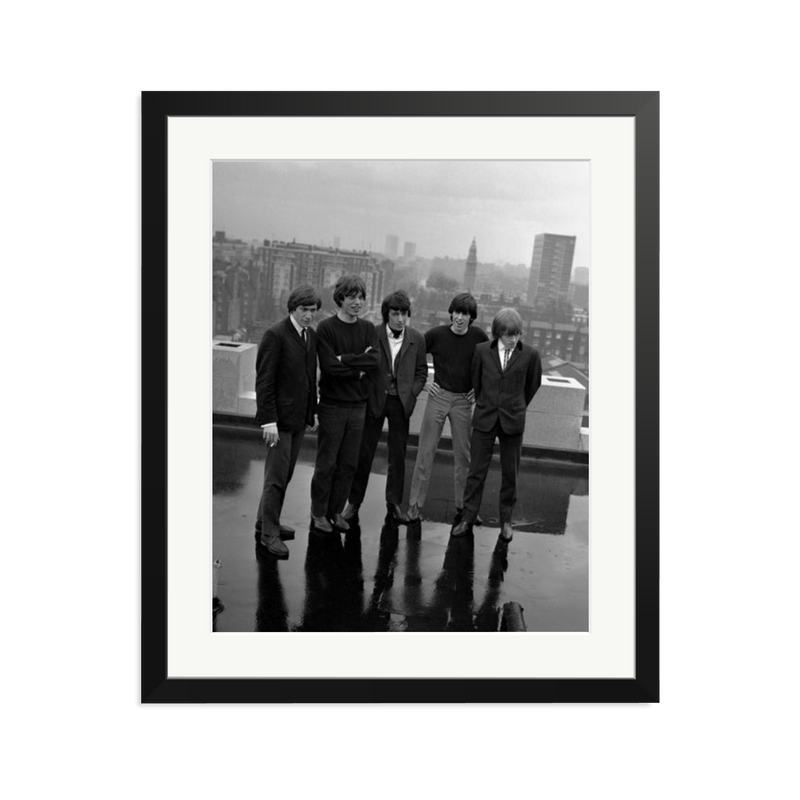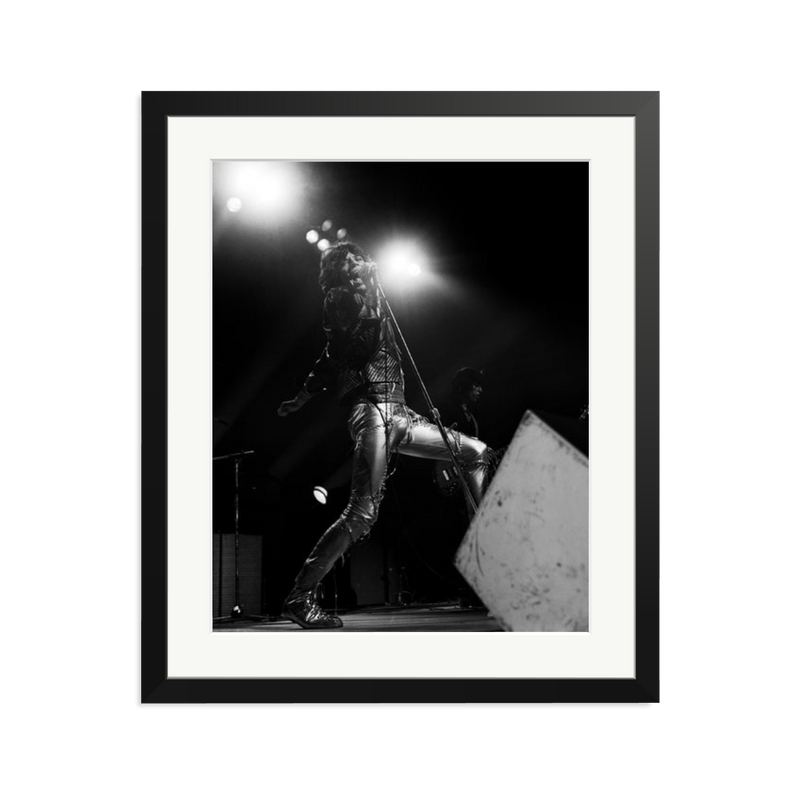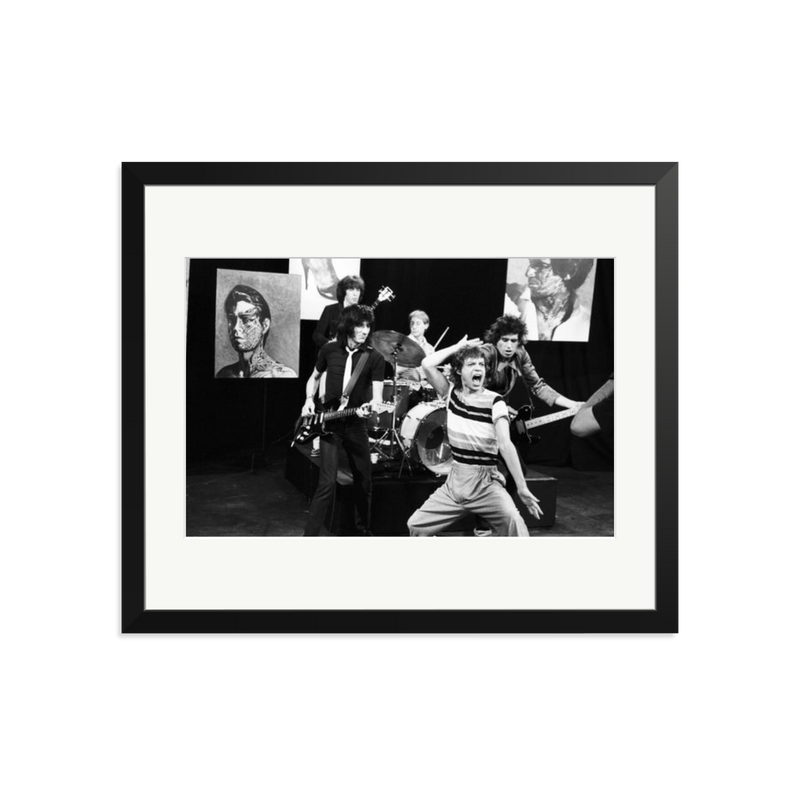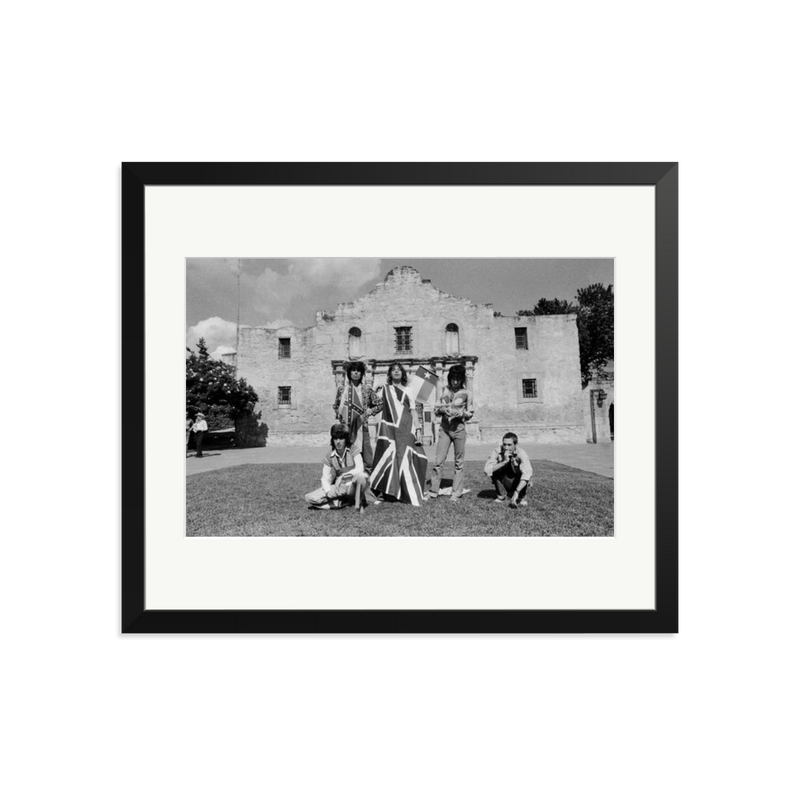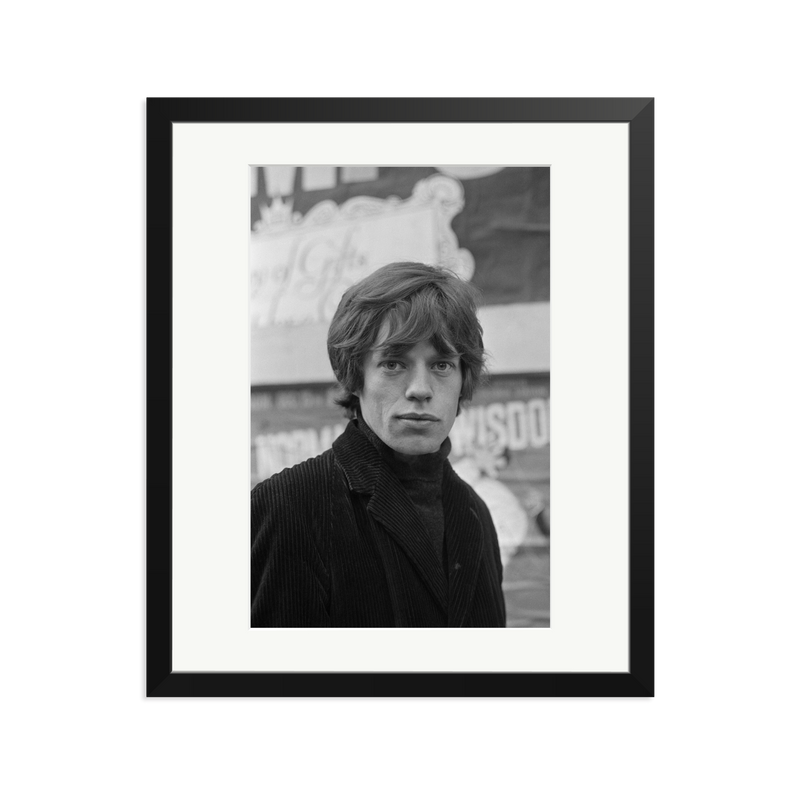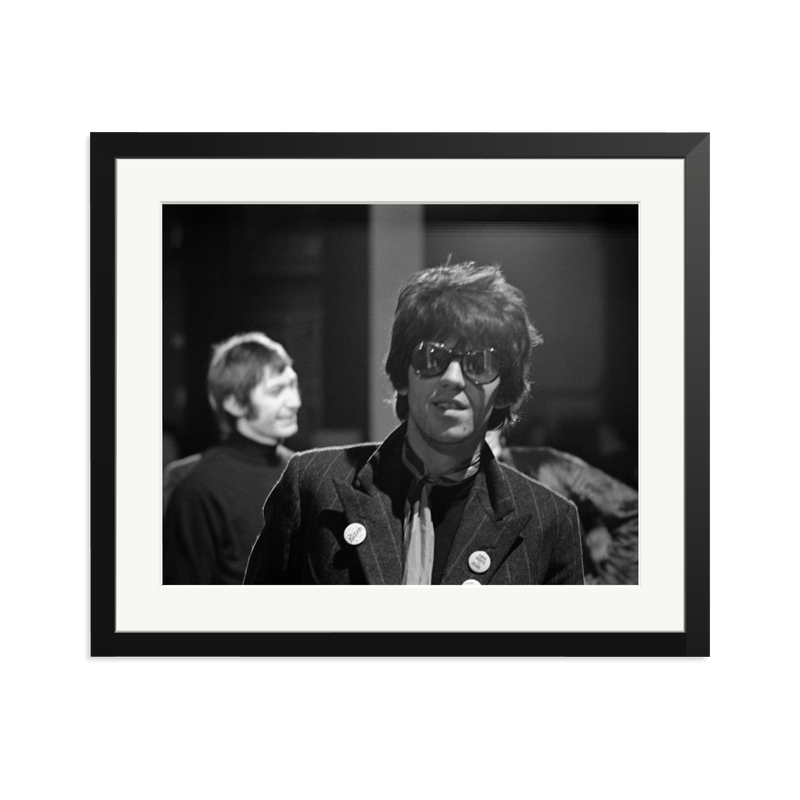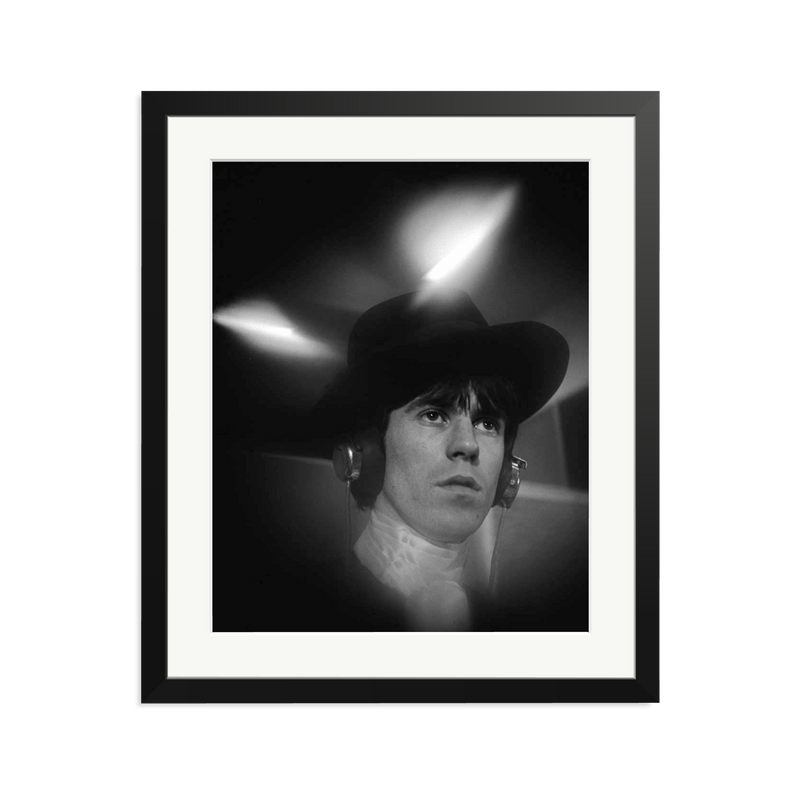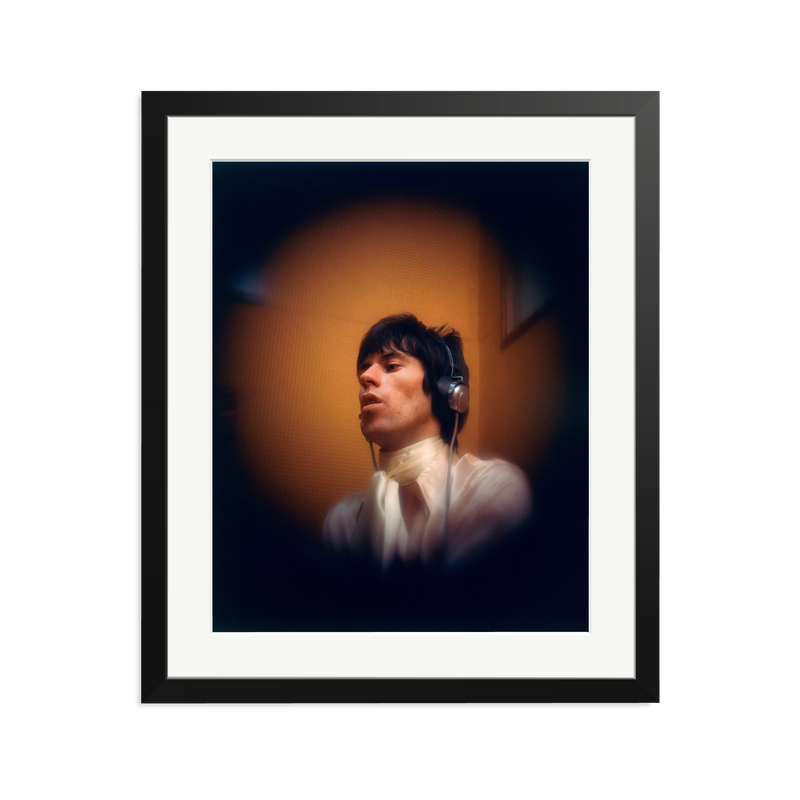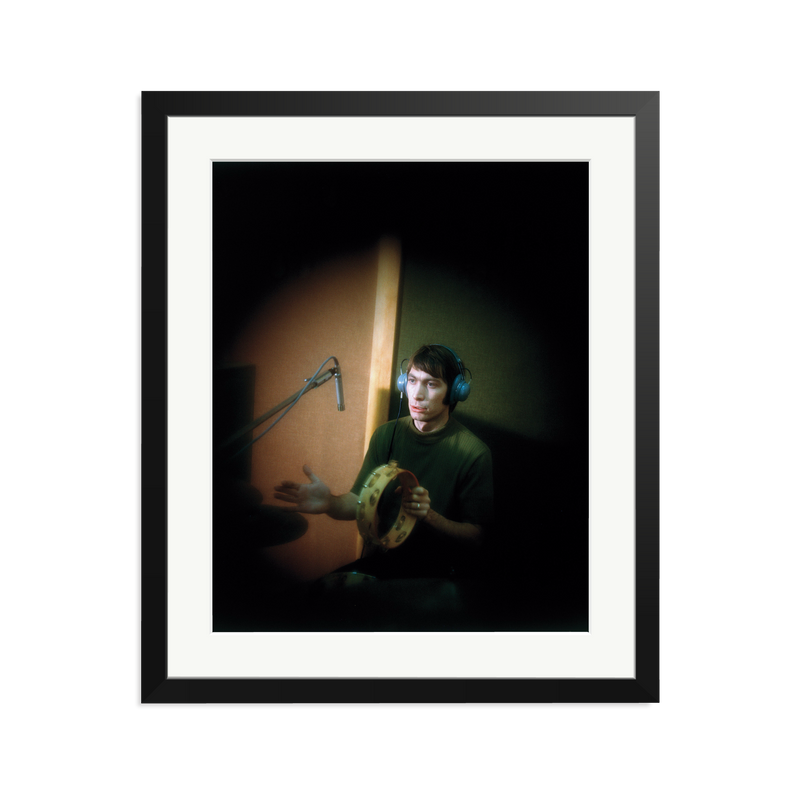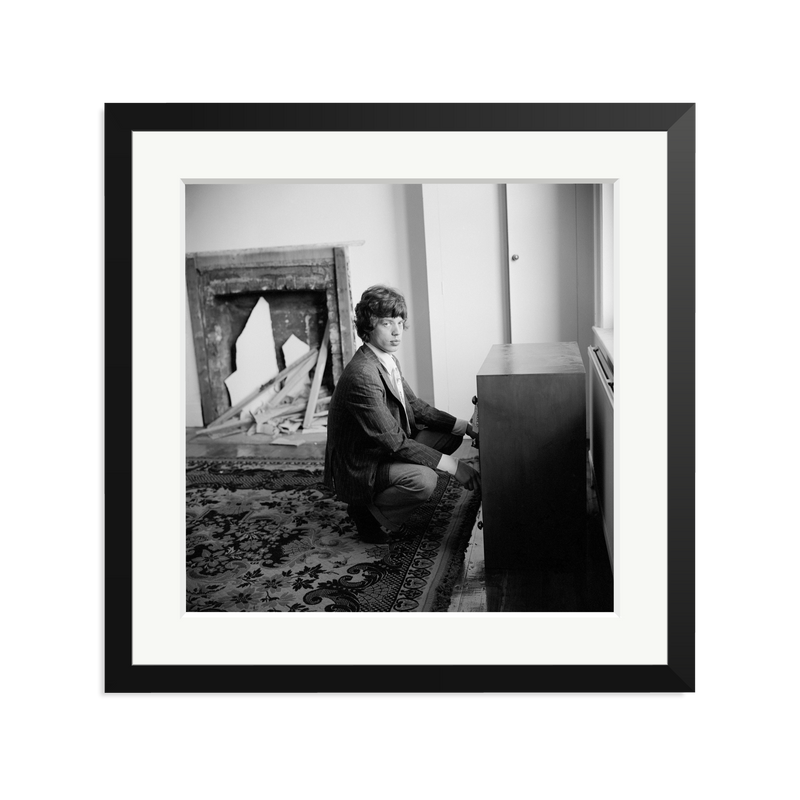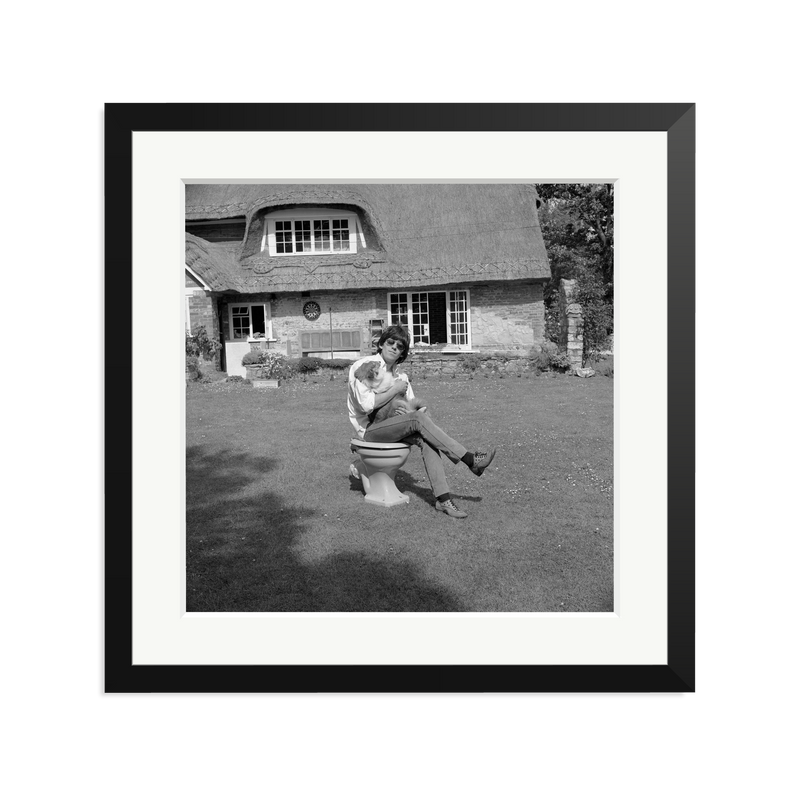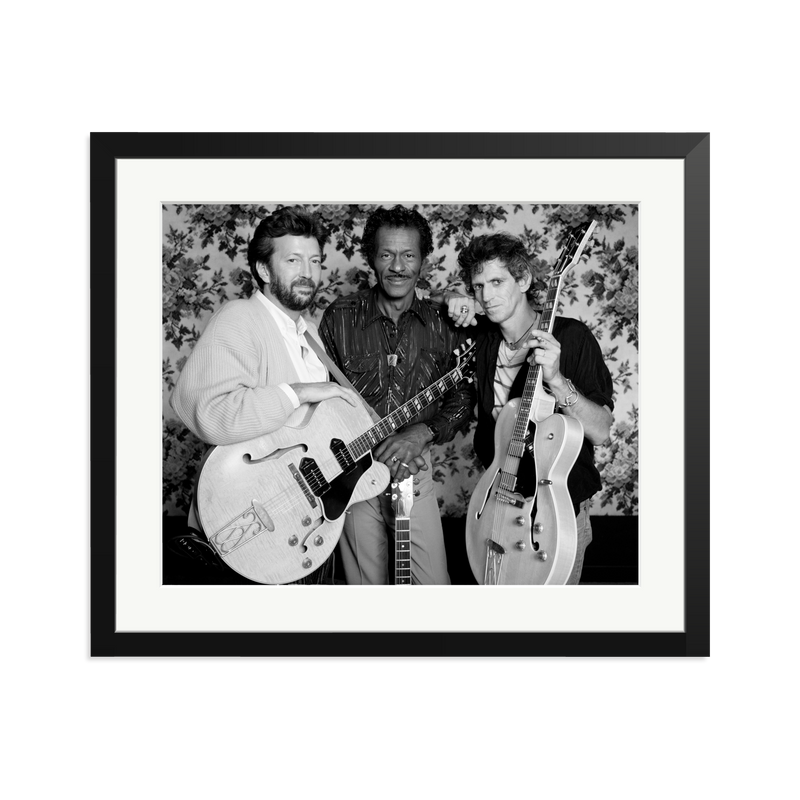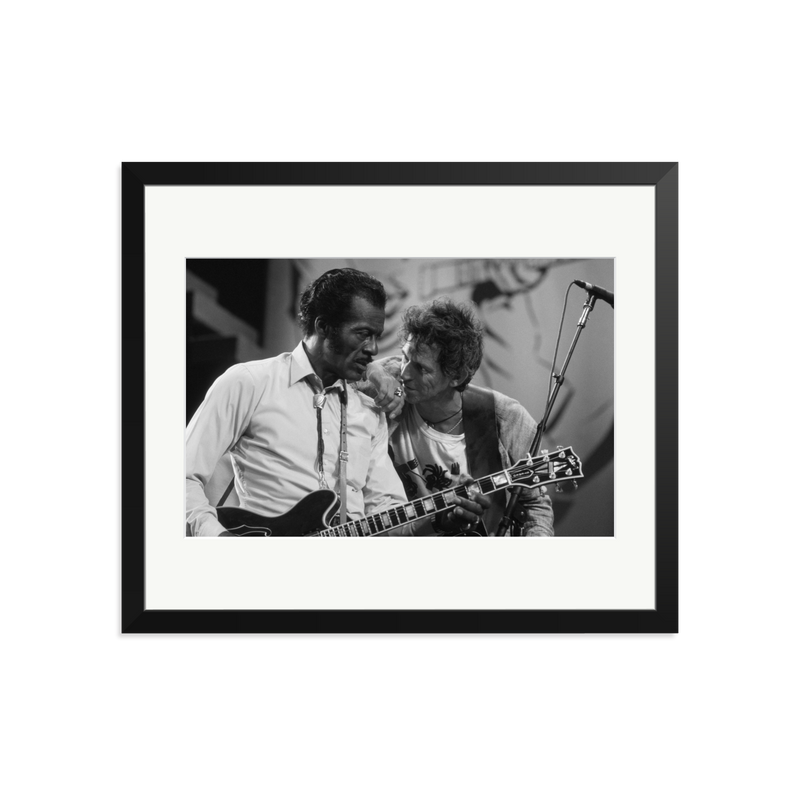The Rolling Stones Prints
Named after a Muddy Waters tune, The Rolling Stones were, arguably, a phenomenon to rival The Beatles during the '60s. With an image about as far from clean-cut as you could get.
Hit after hit followed their early club gigs Paint It Black, Ruby Tuesday, Honky Tonk Woman, and, of course, the instantly recognisable Satisfaction. Having coped with drug busts and the death of founding member Brian Jones, the Stones rode a creative wave through the late '60s and early '70s, propelled by the Jagger-Richards songwriting partnership. Jumpin' Jack Flash leapt out of Beggars Banquet in 1968, and Sticky Fingers, the album on which their famous lip logo first appeared, followed three years later. Bluesy to their gnarled core, The Rolling Stones have weathered numerous changes in musical fashion for over 50 years by remaining true to their roots. Today, they still play to arenas full of fans ranging in age from those who “like drummer Charlie Watts“ can remember when Ian Stewart was the pianist, to those who weren't even born until long after Bill Wyman buzzed off with his bass.

